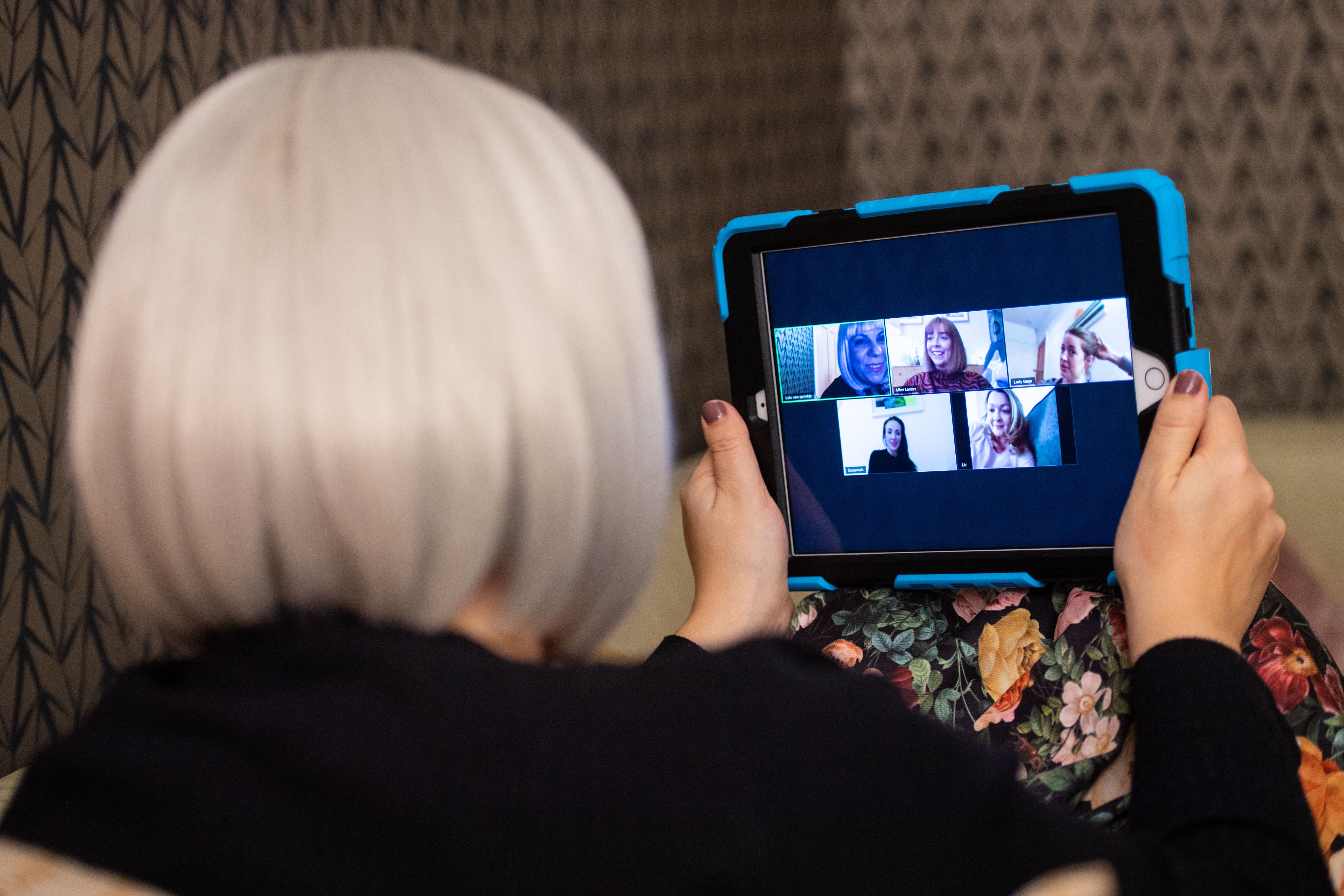The surprising mental impact of seeing your own face on Zoom calls
Previous research has suggested that women experience more Zoom fatigue than men

Your support helps us to tell the story
From reproductive rights to climate change to Big Tech, The Independent is on the ground when the story is developing. Whether it's investigating the financials of Elon Musk's pro-Trump PAC or producing our latest documentary, 'The A Word', which shines a light on the American women fighting for reproductive rights, we know how important it is to parse out the facts from the messaging.
At such a critical moment in US history, we need reporters on the ground. Your donation allows us to keep sending journalists to speak to both sides of the story.
The Independent is trusted by Americans across the entire political spectrum. And unlike many other quality news outlets, we choose not to lock Americans out of our reporting and analysis with paywalls. We believe quality journalism should be available to everyone, paid for by those who can afford it.
Your support makes all the difference.Viewing one’s own face during video conferencing calls leads to mental fatigue, according to a study of brain activity, which found equal outcomes among men and women.
Academics at the University of Galway found that people who take part in meetings on apps like Zoom or Teams become more fatigued when they can see themselves on screen.
The research also revealed that men and women become equally fatigued when viewing their own image, contradicting previous findings which suggested women experience more fatigue from self-view video conferencing than men.
The study team carried out an experiment using electroencephalography (EEG) monitoring of 32 volunteers – 16 men and 16 women – all of whom participated in a live Zoom meeting, with the self-view mode both on and off at different times.
The researchers said EEG non-invasively records spontaneous electrical activity in the brain using electrodes placed on the head and can detect the onset of mental fatigue.
The monitoring confirmed that fatigue levels were significantly greater during the times participants could view their own image.
Previous research, which largely relies on self-reported data gathered through surveys and interviews, has suggested that women experience more Zoom fatigue than men.
Theories previously offered for this gender difference centre on a supposed increased self-awareness women have of their appearance when they view themselves in a mirror.

However, the University of Galway study, which measured fatigue at a neurophysiological level, questioned whether gender differences actually exist for video conferencing fatigue.
Researchers said the findings not only contribute to the understanding of fatigue experienced as a result of the dramatically increased use of video conferencing in the workplace but also offer practical insights for organisations aiming to protect employee wellbeing in the era of hybrid and remote work.
Professor Eoin Whelan, of the University of Galway, said: “The use of video conferencing platforms exploded during the lockdown.
“They continue to be heavily used in work and education today and offer some advantages over in-person meetings. But people often report feeling exhausted by video conference meetings.
“Our study shows that those feelings of fatigue you get during video calls are real, and seeing your own reflection makes it even more tiring. Simply turning off the mirror image can help offset fatigue in virtual meetings.”
Join our commenting forum
Join thought-provoking conversations, follow other Independent readers and see their replies
Comments